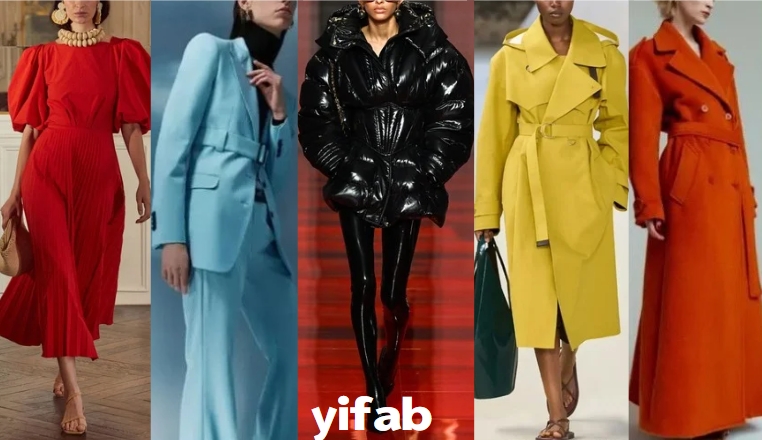The Psychology of Color in Fabrics: How Color Influences Fashion Choices
Blog post description.
1/22/20251 min read


The Psychology of Color in Fabrics: How Color Influences Fashion Choices
Color is more than just a visual attribute of fabric—it's a powerful tool in shaping consumer behavior and fashion choices. Understanding the psychology of color in fashion can help designers, manufacturers, and even consumers make more informed decisions about their wardrobe and fabric preferences.
The Emotional Impact of Colors
Colors evoke emotions, moods, and even memories. In fashion, the choice of color can influence how a person feels when they wear a particular garment and how others perceive them. For example, red is often associated with energy, passion, and confidence, making it a popular choice for bold, statement pieces. Blue, on the other hand, is calming and associated with trust and professionalism, which is why it's a go-to color for corporate wear.
How Color Affects Consumer Behavior
Consumers often make subconscious decisions based on the color of fabrics. In the fashion industry, colors like black are universally seen as elegant and slimming, appealing to those seeking sophistication. Similarly, yellow or orange tones evoke optimism and creativity, attracting those with a bold, adventurous personality.
The influence of color also extends to trends and seasonal buying patterns. Warm tones (reds, oranges, yellows) are typically more popular in autumn, while cool tones (blues, greens, purples) tend to dominate during the spring and summer months.
Color and Fabric Texture
The combination of color and fabric texture can amplify the psychological effect. For instance, a rich, deep emerald green velvet might be perceived as luxurious and opulent, while a soft pastel cotton might feel more approachable and casual. These combinations help designers communicate a mood or message without saying a word.
The Power of Color in Fashion
In today’s competitive fashion industry, understanding color psychology isn’t just about creating aesthetically pleasing designs—it’s about connecting with consumers on a deeper emotional level. By selecting the right colors for fabric, brands can influence buying behavior and cultivate stronger emotional connections with their audience.
Incorporating color psychology into your fabric choices isn’t just a trend—it's a strategy to make your fashion collections more impactful and appealing.
